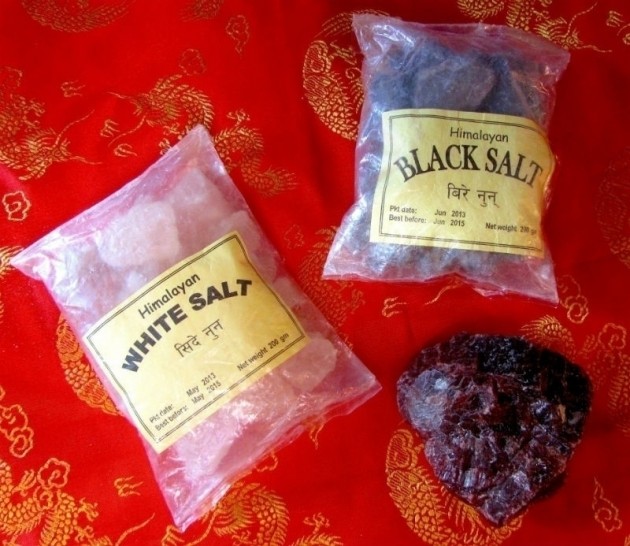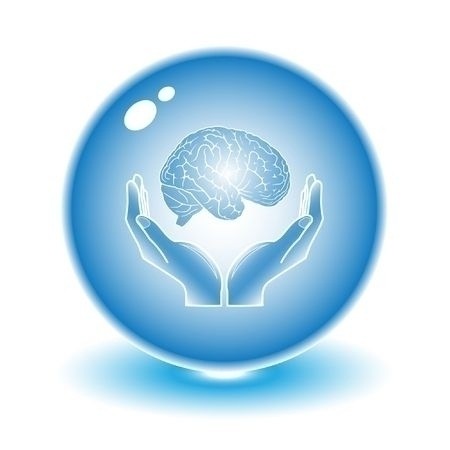Ankylosis Spondylitis
Ankylosis Spondylitis is defined as a chronic and generally progressive inflammatory arthritic disease affecting the spinal joints and adjacent connective tissues. Also called "Marie Strumpell Disease." This appears to be a disease mainly of young men aged 10-30 years old. It seems to have a genetic component, as it is seen in male relatives and especially in patients with...
Autoimmune Conditions
Examples of autoimmune conditions include the following: Rheumatoid arthritis (RA) Type 1 diabetes Crohn's Disease Hashimoto's thyroiditis Neurological diseases Multiple Sclerosis (MS) Glomerulanephritis Pernicious Anaemia Goodpasture's syndrome Scleroderma Raynaud's Phenomenon Lupus (e.g., systemic lupus erythematosus [SLE]) Inflammatory bowel disease (IBD)...
Blood Interpretation
Cholesterol Cholesterol values should only be analyzed after a 12 hour fast. Further, the physician must be aware that the patient's posture prior to the blood draw is significant. If the patient has been in a recumbent posture for more than 20 minutes, cholesterol values may be up to 15% lower than normal. Cholesterol is a blood fat which is the prime building block component to make...
Fingernails
Disorders That Show Up in the Nails Nail changes may signify a number of disorders elsewhere in the body. These changes may indicate illness even before the rest of the body does. The following nutritional/health problems can be indicated by the following:
Inflammatory Bowel Disease (IBD)
Crohn's Disease, Ulcerative Colitis, Irritable Bowel Syndrome, and Celiac Disease
Lupus (Erythematosus)
This is a chronic, inflammatory, autoimmune (the body is attacking itself) disease that affects connective tissue (tissue that binds and supports various structures of the body and also includes the blood). Discoid lupus erythematosus (DLE) is a less serious type, affecting exposed areas of the skin and sometimes the joints. Systemic lupus erythematosus (SLE) is more serious,...
Osteoporosis
A decreased density of bone compared to normal bone mass of age and sex matched controls. It is the most prevalent bone disease in the world. There are many factors that can contribute to osteoporosis, the most common is postmenopausal, estrogen deficient osteoporosis. More than one-half of women in the United States who are 50 years of age or older will have documented osteoporosis,...
Pain/Inflammation Management
A feeling of distress, suffering, or agony caused by stimulation of specialized nerve endings. The sensation we feel as pain is produced through a number of complex biochemical interactions. These interactions can be likened to a battle between the good guys, the body's natural pain relieving force, and the bad guys, the pain producers. When the good guys are winning the battle, we are not...
Polymyalgia Rheumatica
What is polymyalgia rheumatica? Polymyalgia rheumatica (pronounced pah-lee-my-al-jah room-at-i-ca) is a type of arthritis that affects the muscles. It does not affect the bones, or the joints, which are the spots where two bones come together. It causes muscles to become stiff, tender and very sore. This is called inflammation. Even though the muscles are sore they do not become weak.
Prostatitis (Prostatic Hypertrophy, Benign)
Pathology A common entity which occurs in about four out of every five men in America over the age of 50 years. It is characterized by the growth of multiple fibroadenomatous nodules enlarging the prostate gland and compromising the urethra causing variable degrees of bladder outlet obstruction.
Rheumatoid Arthritis
The Natural Approach Rheumatoid arthritis is a chronic inflammatory condition that affects the entire body but especially the synovial membranes of the joints. It is a classic example of an "autoimmune disease," a condition in which the body's immune system attacks the body's own tissue. Although rheumatoid arthritis is a systemic disease, it affects primarily the joints. The...
Sciatica
A specific entity with many causes. Involves inflammation of the great sciatic nerve and presents as acute or chronic pain down the back of the leg originating in the buttock and extending to the foot. Pressure can originate in the nerve roots, as in discopathy or facet syndrome, or can be caused by the gluteal muscles or piriformis tightening over the nerve. Gluteal muscle spasm is often...
Skin Conditions
Acne Vulgaris An inflammatory disease most commonly seen in teenagers. It affects areas where sebaceous glands are largest, most numerous, and most active. Mild cases consisting of few residual signs except possibly dilated pores, and the development of the comedo, or blackhead, may progress through more pathological stages of ruptured sebaceous ducts, pustule formation,...
Sprain / Strain
Sprain: Wrenching or twisting of a joint with partial rupture of its attaching ligaments. Strain: Over-stretching a muscle. Invariably, both conditions are trauma-induced. Of the two, the sprain is the more serious. There are three classifications of a sprain: Grade 1: Mild/minimal sprain with no ligamentous tear. There may be pain, swelling and tenderness....
Tendinitis
Inflammation of the tendon and the lining of the tendon sheath. The sheath is typically the focus of the involvement, but the body's inflammatory response usually involves the tendon, too. The etiology is unknown, although repetitive or forceful trauma, exercise or strain, systemic diseases (rheumatoid arthritis, gout, Reiter's syndrome) and hypercholesterolemia are implicated.
Hypothyroidism
Hypothyroidism occurs when your thyroid gland, at the front of your neck, doesn't produce enough thyroid hormone or when your body fails to use thyroid hormone efficiently. There are several types of hypothyroidism. The most common is Hashimoto's thyroiditis, an autoimmune disease in which the body attacks the thyroid gland. The disease affects both sexes and all ages, but is most...






